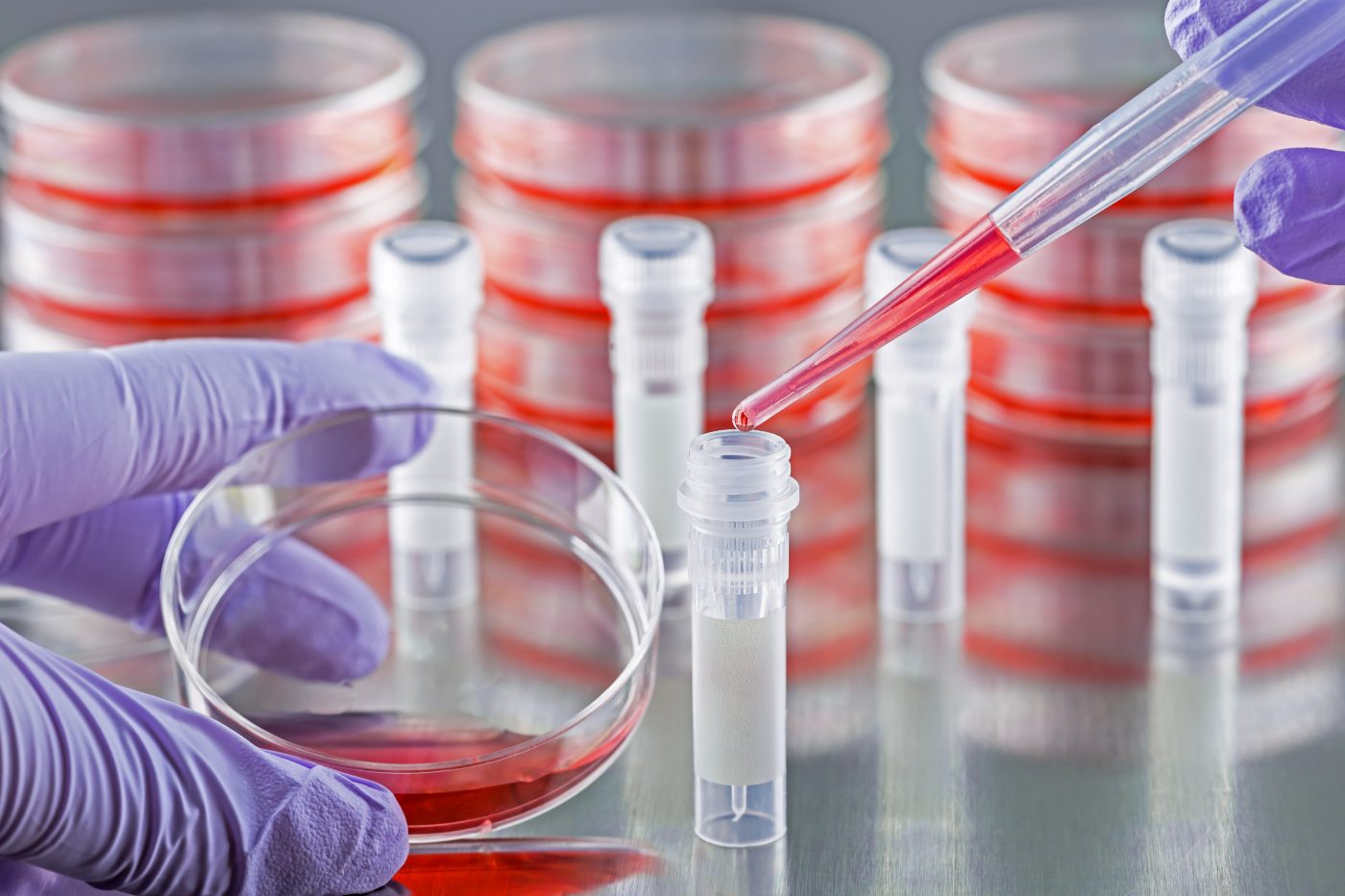KLF4 Seen to Lessen Transition of Epithelial Cells of Lung into Fibrosis-promoting State in Animal Study

A factor called Krüpple-like-factor 4, or KLF4, treated lung fibrosis in a mouse model of idiopathic pulmonary fibrosis (IPF) by preventing epithelial cells of the lung from moving into a fibrosis-promoting state, researchers in China report, suggesting its potential as an IPF therapy.
The study “Krüpple-like-factor 4 Attenuates Lung Fibrosis via Inhibiting Epithelial-mesenchymal Transition” was published in the journal Scientific Reports.
Two types of cells — activated fibroblasts and myofibroblasts — are considered to be key in driving pulmonary fibrosis as a result of their activity in secreting extracellular matrix proteins.
One pathway that may contribute to the activation of these cells is known as epithelial-mesenchymal transition (EMT), a process in which cells lose their epithelial identity and acquire properties of mesenchymal cells, including the ability to migrate. EMT has been linked to fibrosis in the lungs and kidneys.
Research in an animal model of kidney fibrosis suggests that KLF4 can inhibit EMT, but the factor’s possible role in pulmonary fibrosis remains unknown.
Analyzing lung samples from IPF patients, researchers at the Peking University First Hospital found that the levels of KLF4 were reduced when compared to those in normal lung tissues. In agreement with these findings, an established mouse model of IPF, the so-called bleomycin-induced pulmonary fibrosis model, also had lower levels of KLF4.
Researchers investigated the potential function of KLF4 using mice genetically engineered to carry increased levels of KLF4. When submitted to conditions that induce pulmonary fibrosis, the KLF4-overexpressing mice showed lesser lung fibrosis and EMT compared to control mice (those with normal KLF4 levels).
Looking specifically at the epithelial cells lining the alveoli — the tiny sacs in the lungs where exchange of oxygen and carbon dioxide occurs — researchers found that higher expression of KLF4 slowed the cells transition to the mesenchymal state that is triggered by transforming growth factor (TGF)-beta 1, an established factor promoting fibrosis and EMT in lung epithelial cells.
The role of KLF4 in halting both fibrosis and EMT in the lungs was further seen in a reverse experiment; that is, tests that decreased the levels of KLF4, which promoted fibrosis and TGF-beta 1-induced EMT.
These results suggest that “epithelial KLF4 is a promising potential target for further understanding the mechanism and developing novel strategy for the treatment of lung fibrosis in IPF and other EMT-related disease,” the team concluded.






